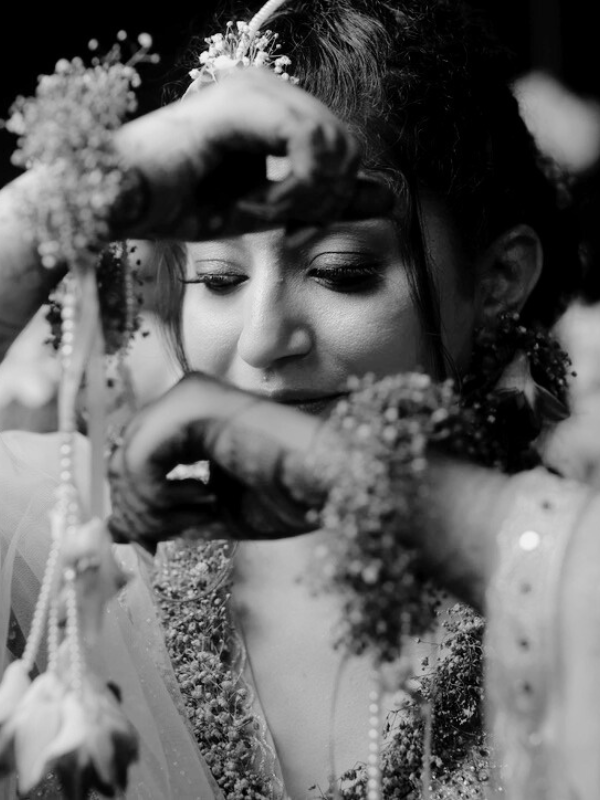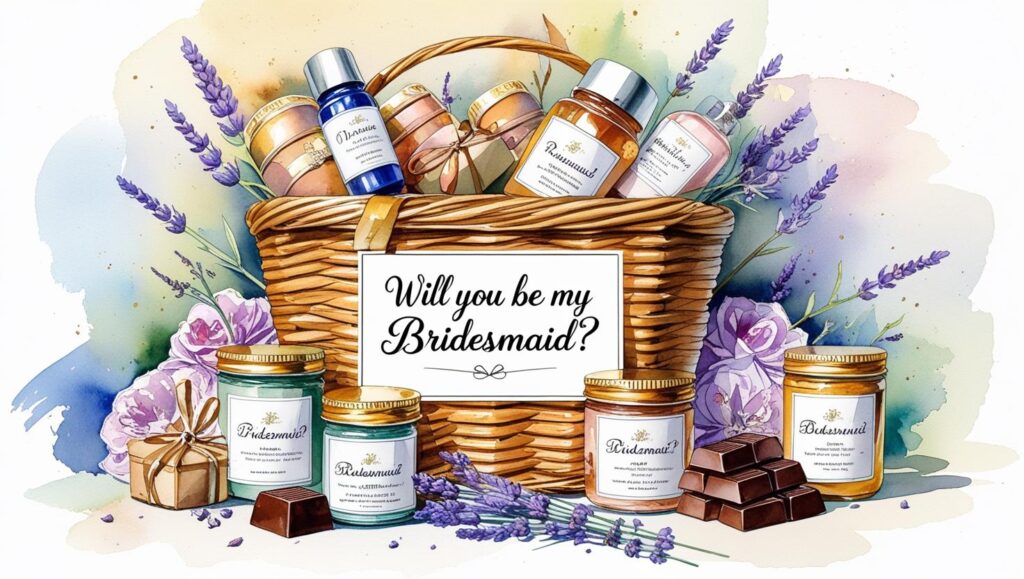As engagement ring styles continue to evolve, modern couples are exploring various diamond options to find the perfect symbol of their love and commitment. In this article, we’ll explore three trending types of engagement diamond rings: Moissanite, Lab-Grown Diamonds, and Natural Diamonds.
Each option brings its unique attributes, catering to diverse preferences and ethical considerations. To give you context, here is a comparison of the common types of engagement rings.
| TYPE | GOLD KARAT | PRICE | CARAT | SHAPE | COLOR | CLARITY |
|---|---|---|---|---|---|---|
| Moissanite | 14Kt | ₹32,089 | 1ct | Emerald | Yellow Gold | EF-VVS |
| Lab-Grown | 14kt | ₹81,584 | 1ct | Emerald | Yellow Gold | EF-VS |
| Natural | 14kt | ₹43,6582 | 1ct | Emerald | Yellow Gold | J-SI1 |
Types of Trending Engagament Rings
Moissanite
What is Moissanite?
Moissanite is this super cool gem made of silicon carbide. You won’t find it everywhere – it’s incredibly rare in nature, showing up in special rocks and even meteorites. So, it would be right to call it Moissanite Gemstone.
What shapes does Moissanite come in?
Moissanite can handle itself really well. It’s so strong, and because of that, jewelers can cut it into all kinds of shapes. That means you can have the most unique engagement rings and jewelry ever! And guess what? Moissanite has its own special sparkle and comes in lots of different colors. That makes it stand out from diamonds and other gems.
Natural Diamonds
What are Natural Diamonds?
A natural diamond is a remarkable gem made of carbon and is the hardest substance found on Earth. Natural diamonds take billions of years to form deep within the Earth, under intense heat and pressure, creating the stunning gems we love.
Does diamond occur naturally?
After its long journey, carried by molten rock, it finally emerges on the Earth’s surface to be mined and transformed into stunning jewelry or put to use in various industries. The story of a natural diamond is a fascinating journey from the depths of our planet to the sparkle on our fingers!
Lab-Grown Diamonds
What are Lab-Grown Diamonds?
Laboratory-grown diamonds are like the cool siblings of natural diamonds! They’re carbon atoms tightly bonded, just as hard, and sparkle like crazy in the light. They’re created in high-tech labs, mimicking the Earth’s mantle where diamonds form.
Are Lab-Grown diamonds genuine diamonds?
Lab-grown diamonds are made of real carbon atoms, just like natural diamonds, and show off the same dazzling sparkle and chemical magic. Whether you call them lab created, man made, engineered, or cultured diamonds, they’re the real deal!
What does Karat in Gold mean?
In the context of gold, “karat” (often spelled as “carat” in some regions) refers to the purity of the gold. It is represented by a number followed by “k” or “kt” and indicates the amount of pure gold present in a particular piece of gold jewelry or item.
Here’s a quick rundown of the common types of gold karat:
24K Gold
This is the highest purity level for gold, with 24 karats representing 100% pure gold. It is very soft and not ideal for jewelry as it is prone to bending and scratching easily. 24K gold is mainly used for bullion and investment purposes.
22K Gold
With 22 karats, this gold contains 91.67% pure gold and is mixed with other metals (usually copper and silver) to increase its durability and strength. It is commonly used in jewelry in many parts of the world.
18K Gold
18 karat gold is 75% pure gold and 25% other metals. It strikes a balance between purity and durability, making it a popular choice for high-quality jewelry.
14K Gold
This gold has 14 karats, which means it contains 58.33% pure gold and 41.67% other metals. It is widely used in the United States for various jewelry items due to its reasonable purity and durability.
10K Gold
10 karat gold consists of 41.67% pure gold and 58.33% other metals. It is the minimum karat required to be legally considered as “real gold” in the United States. It is more durable but has a lower gold content compared to higher karat gold.
What are Some Common Diamond Shapes?
Diamonds come in various shapes, each with its unique characteristics and appeal. Here’s a rundown of the most common diamond shapes:
Round Brilliant
The round brilliant cut is the most popular and classic diamond shape. It has 58 facets that maximize brilliance and sparkle, making it an excellent choice for engagement rings and other jewelry.
Princess
The princess cut is a square-shaped diamond with pointed corners. It is known for its exceptional brilliance and modern, elegant look.
Emerald
The emerald cut is a rectangular shape with trimmed corners. It features step-like facets and offers a sophisticated, vintage appearance with a hall of mirrors effect.
Asscher
Similar to the emerald cut, the asscher cut is also a square shape with trimmed corners. It has a higher crown, smaller table, and larger facets, creating a distinctive “hall of mirrors” appearance.
Radiant
The radiant cut combines the brilliance of the round brilliant cut with the elegance of the emerald cut. It is a rectangular or square shape with trimmed corners and brilliant faceting.
Oval
The oval cut is an elongated shape with a pleasing, elongating effect on the finger. It has similar brilliance to the round brilliant cut but appears larger per carat weight.
Marquise
The marquise cut is a distinctive elongated shape with pointed ends. It creates an illusion of lengthening the finger and has a unique, eye-catching look.
Pear (or Teardrop)
The pear-shaped diamond is a combination of the round and marquise shapes. It has a rounded end and a pointed end, resulting in a teardrop-like appearance.
Heart
The heart-shaped diamond is a symbol of love and romance. It requires skilled craftsmanship to achieve a well-proportioned and symmetrical look.
Cushion
The cushion cut is a square or rectangular shape with rounded corners. It has larger facets and offers a soft, romantic appeal.
Baguette
The baguette cut is a small, rectangular-shaped diamond with step-like facets. It is often used as side stones to complement larger center stones.
What does Carat mean in Diamonds?
In the diamond industry, a “carat” is indeed a unit of measurement used to specify the weight of a diamond, where one carat is equal to 200 milligrams or 0.2 grams. However, carat weight is not the same as the physical size or visual appearance of a diamond.
While carat weight does contribute to a diamond’s size, other factors such as shape and cut can significantly affect how large or small a diamond appears to the naked eye. Diamonds of the same carat weight can have different physical sizes based on their shapes.
Additionally, the cut of a diamond plays a crucial role in how it interacts with light and how much it sparkles. A poorly cut diamond, even if it has a higher carat weight, may appear smaller and less brilliant because of how its weight is distributed within the stone.
Therefore, when evaluating diamonds, it’s essential to consider both the carat weight and the other factors, such as shape, cut, clarity, and color, to determine the overall appearance and value of the diamond. For example, a marquise diamond may have a larger surface area and appear bigger than an oval diamond of the same carat weight.
What Does Gold Color Mean?
Yellow Gold
This is the most common type of gold used in jewelry and coins. It is a natural, pure gold alloyed with other metals like silver and copper to increase its durability and hardness. The purity of yellow gold is measured in karats, with 24 karat being the purest form.
White Gold
White gold is created by alloying yellow gold with white metals such as nickel, palladium, or zinc. It has a silvery-white appearance and is often coated with rhodium for added brightness and scratch resistance.
Rose Gold
Also known as pink or red gold, rose gold gets its warm and rosy hue from the inclusion of copper in the alloy. The more copper used, the stronger the reddish tint.
Green Gold
Green gold is a unique type that results from adding silver to pure gold. The silver content imparts a greenish tone to the alloy.
Black Gold
Black gold is not a natural form of gold but is created through various treatments or coatings to achieve a black appearance. Popular methods include black rhodium plating or using alloys with black metals like cobalt.
What is Diamond Clarity?
Diamonds are captivating gemstones that have long been revered for their brilliance and beauty. One of the essential factors that determine a diamond’s quality is its clarity. Diamond clarity refers to the presence of internal and external characteristics, known as inclusions and blemishes, respectively. These natural features were formed during the diamond’s growth process deep within the Earth.
| Clarity Grade | Description | What to Expect |
| Flawless (FL) | No inclusions or blemishes visible under 10x magnification | Perfectly clear and rare; highest value |
| Internally Flawless (IF) | No inclusions, but minor blemishes may be present | Almost perfect clarity; high value |
| Very, Very Slightly Included (VVS1/VVS2) | Tiny inclusions extremely difficult to see under magnification | Exceptional clarity; excellent value |
| Very Slightly Included (VS1/VS2) | Minor inclusions visible under magnification, but not to the naked eye | Excellent clarity; great value |
| Slightly Included (SI1/SI2) | Inclusions noticeable under magnification, may be slightly visible to the naked eye | Good value; may still appear eye-clean |
| Included (I1/I2/I3) | Inclusions visible to the naked eye | Lower clarity; may affect brilliance |
Selecting the perfect engagement ring involves understanding the significance of gold karat, diamond shapes, carat weight, color variations, and diamond clarity. With this comprehensive guide, you can now make well-informed decisions and find a trendy and meaningful engagement ring that represents your love and commitment. Whether it’s a timeless classic or a modern masterpiece, your chosen ring will be a cherished symbol of your enduring love story.





